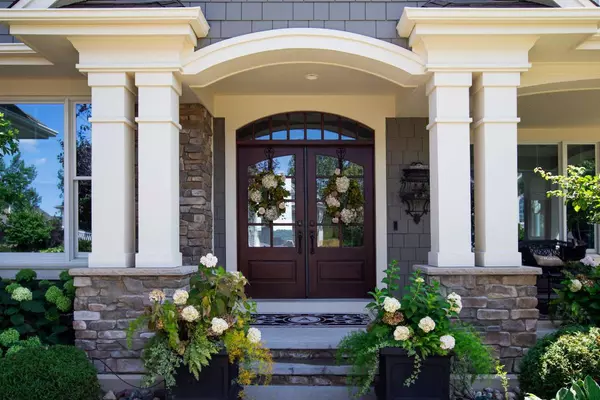Researching Neighborhoods Before Buying

When buying a home, it’s not just about finding the perfect house—you also need to ensure the neighborhood fits your lifestyle, needs, and future plans. A home is a long-term investment, and the community around it can significantly impact your quality of life. Here’s how to thoroughly research a neighborhood before making a purchase
1. Visit the Neighborhood at Different Times: A neighborhood’s atmosphere can change throughout the day and week. Visit in the morning, afternoon, evening, and weekends to observe traffic patterns, noise levels, and general activity. A quiet street during the day might become noisy at night, or vice versa.
2. Check Crime Rates and Safety: Safety is a major concern for homebuyers. Websites like NeighborhoodScout, CrimeReports, and local police department websites can provide crime statistics. Also, consider speaking with local law enforcement or neighbors to get firsthand insights.
3. Explore Nearby Schools: Even if you don’t have children, living in a neighborhood with highly rated schools can boost property values. Research school ratings on GreatSchools.org or the local school district’s website. Visit the schools in person to get a sense of their quality.
4. Assess Commute Times and Public Transportation: If you work outside your home, test out your commute during peak hours. Check for access to public transportation and major highways. Google Maps, Waze, and transit apps can help you estimate commute times and transportation options.
5. Investigate Local Amenities and Services: A good neighborhood should have convenient access to grocery stores, restaurants, parks, medical facilities, and entertainment. Walk or drive around to see what’s nearby and how accessible they are.
6. Talk to Current Residents: No one knows a neighborhood better than the people who live there. Strike up conversations with residents to learn about the community, safety, events, and any potential concerns. Online community groups on platforms like Facebook or Nextdoor can also provide insights.
7. Research Property Value Trends: Look at recent home sales and property value trends in the area. Are prices rising or declining? Websites like Zillow, Redfin, and Realtor.com can provide historical pricing data, helping you determine if the neighborhood is a good long-term investment.
8. Look for Signs of Growth and Development: A growing neighborhood often means increasing property values. Check for upcoming developments, new businesses, infrastructure projects, and community improvements. Your local city planning office can provide information on future projects.
9. Check for HOA Rules and Fees: If the home is in a community with a Homeowners Association (HOA), review its rules, fees, and regulations. Some HOAs have strict guidelines on landscaping, parking, and renovations that might not align with your preferences.
10. Trust Your Instincts: Finally, how does the neighborhood make you feel? Can you picture yourself living there for years to come? Your intuition, combined with thorough research, will help you make the right decision.Choosing the right neighborhood is just as important as choosing the right home. By taking the time to research and explore, you can ensure that your new home is in a location that enhances your lifestyle and investment. Happy house hunting!
Categories
Recent Posts










